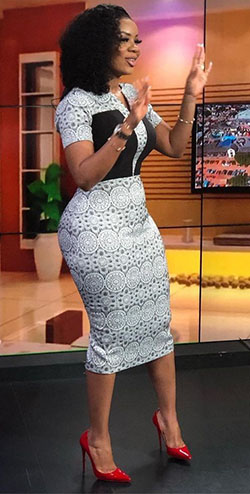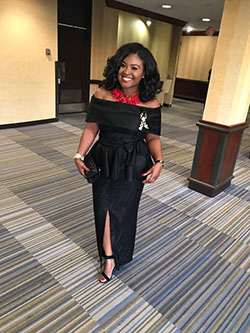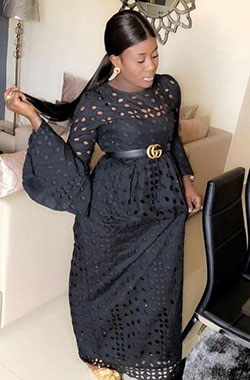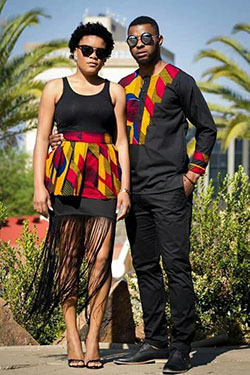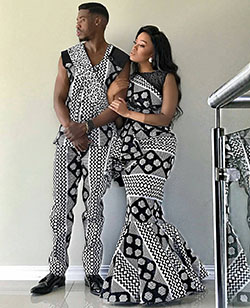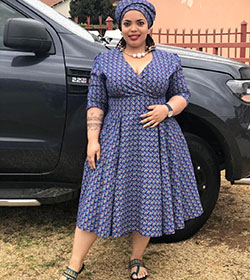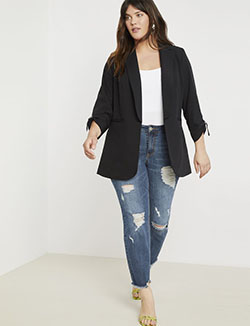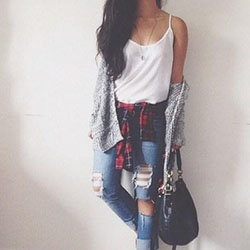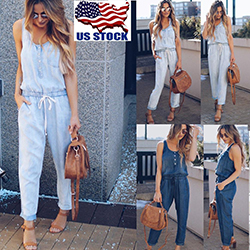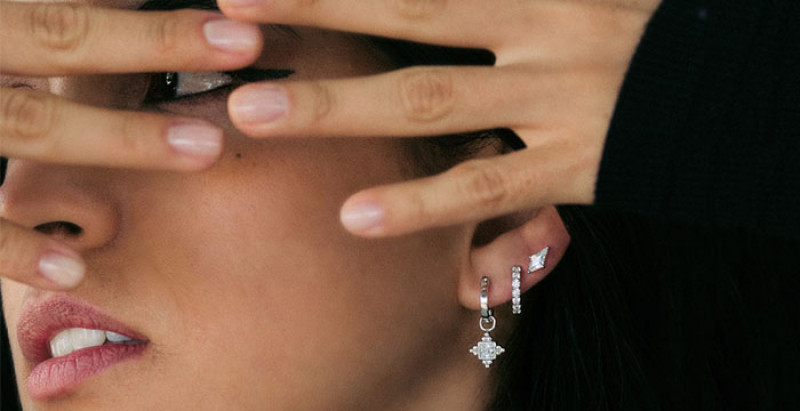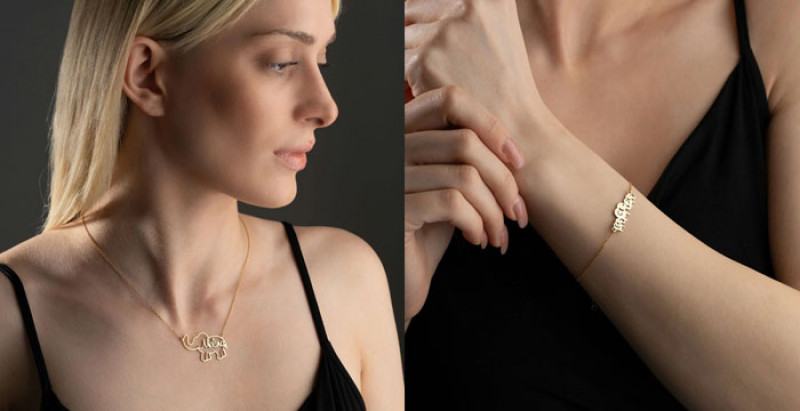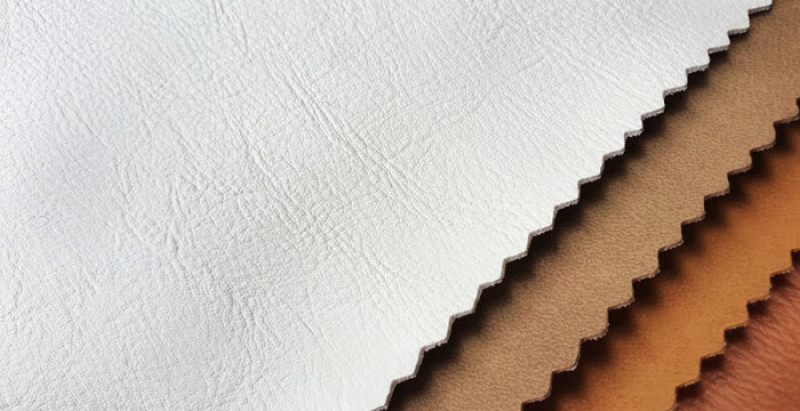
Embarking on a new project can be a thrilling experience, especially when it involves the diverse world of faux leather. This material, renowned for its multi-faceted uses and robust nature, may initially appear daunting to those who need to be more familiar with it. The rich texture, the sheer variety of colors and finishes, and its remarkable resemblance to genuine leather might leave beginners feeling a little overwhelmed. But fear not; we're here to guide you every step of the way.
What Is Faux Leather?
Before diving in, it's essential to understand what faux leather is. Also known as synthetic leather, it's a material designed to mimic real leather but without involving any animal products. It's often made from PVC (polyvinyl chloride) or PU (polyurethane), offering an incredibly realistic leather-like texture. For more information about the range of faux leather, you can explore feefifauxleather.com, one of the best online faux leather stores in Louisiana, USA.
Why Choose Faux Leather?
Choosing faux leather is an ethical and sustainable choice. It spares animals, is cheaper than genuine leather, and offers versatility in colors, finishes, and textures. It's also easy to maintain and extremely durable, making it an excellent choice for various projects, from fashion to interior design.
Understanding Different Types Of Faux Leather
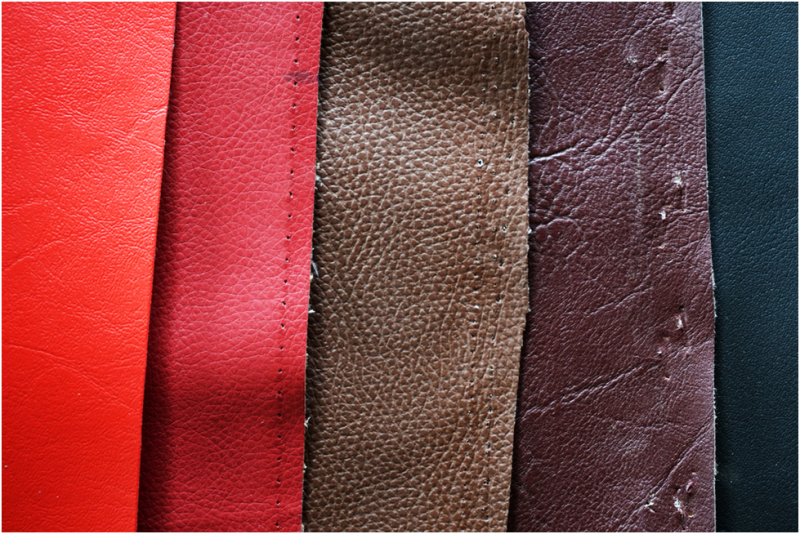
Understanding the different types available is critical before you start working with faux leather sheets. While PVC and PU are the most common, others like cork and ocean leather (made from kelp) also exist.
- PVC Faux Leather: This is made by coating a base layer, often polyester, with a layer of PVC. It's durable and resistant to sunlight and weather but less breathable than other types.
- PU Faux Leather: Polyurethane leather is more breathable and flexible than PVC. It is made by applying a layer of PU to a base layer. It looks and feels closer to real leather.
- Cork Leather: This eco-friendly faux leather is made from the bark of the cork oak tree. It's light, waterproof, and easy to work with.
- Ocean Leather: An innovative type of faux leather made from kelp. It's biodegradable and sustainable but can be more challenging to find and work with.
Choosing The Right Faux Leather Sheet
When starting, opting for a simple faux leather sheet that's easy to work with is best. Look for sheets with a nice weight (not too thick, not too thin) and a backing that won't fray.
Tools For Working With Faux Leather
Working with faux leather requires some basic tools. These include:
- Rotary cutter or sharp scissors: For precise cutting.
- Teflon foot for your sewing machine: Prevents sticking while sewing.
- Leather needle: A stronger needle to pierce through the material.
- Polyester thread: A durable thread that works well with faux leather.
Cutting Faux Leather Sheets
While cutting faux leather, ensure your blade or scissors are sharp to avoid rough edges. Use a rotary cutter for straight lines and sharp scissors for curves. Always test a small piece first to get the hang of it.
Sewing Faux Leather Sheets
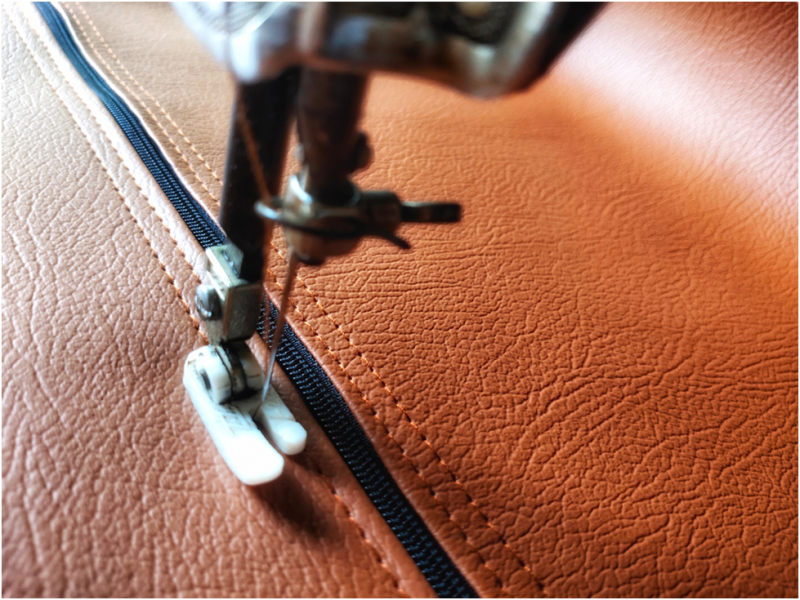
Use a longer stitch length to avoid perforating the material too much, which could weaken it. A Teflon foot will help the material glide under the machine smoothly. Remember to choose a thread that matches your faux leather for a professional finish.
Gluing And Finishing Faux Leather
If sewing isn't your thing, many faux leathers can be glued together using a strong adhesive. Once your project is complete, it's important to finish the edges properly. You can do this by using edge paint or folding the edges and stitching them down.
Caring For Your Faux Leather Creations
Faux leather is relatively easy to care for. Wipe clean with a damp cloth and mild soap. Avoid harsh cleaners that can damage the surface. For items like bags or clothing, spot clean only.
Frequently Asked Questions About Faux Leather
As a beginner venturing into faux leather crafting, you may have many questions and concerns. Here are some of the most frequently asked questions we've come across:
1. Is faux leather as durable as real leather?
Faux leather's durability largely depends on its quality. High-quality faux leather can last several years with proper care and maintenance. While real leather can last longer, it requires more upkeep to maintain its condition.
2. Can I iron faux leather to get rid of creases?
Directly ironing faux leather is not recommended as it can damage or even melt the material. Place a cotton cloth over the faux leather and iron on a low heat setting if you need to remove creases. Always perform a test on a small, unseen area first.
3. Does faux leather breathe like real leather?
Unfortunately, faux leather does not breathe like real leather. It doesn't absorb moisture, making it less comfortable for clothing or upholstery during hot weather.
4. How do I store faux leather?
Store your faux leather items in a cool, dry place out of direct sunlight. Avoid folding the material to prevent creases. If you're storing faux leather sheets, roll them instead of folding them.
5. Can faux leather get wet?
While faux leather is more water-resistant than real leather, it's not completely waterproof. Exposure to a lot of water can cause it to warp or crack. Therefore, wiping clean or spot-clean faux leather is always best.
Final Thoughts
Faux leather offers a versatile and ethical alternative to traditional leather. While it might seem daunting initially, with the right knowledge, tools, and practice, you'll be crafting with faux leather like a pro in no time. Moreover, this resourceful material can also be used to craft stylish and unique costumes, perfect for any event.


